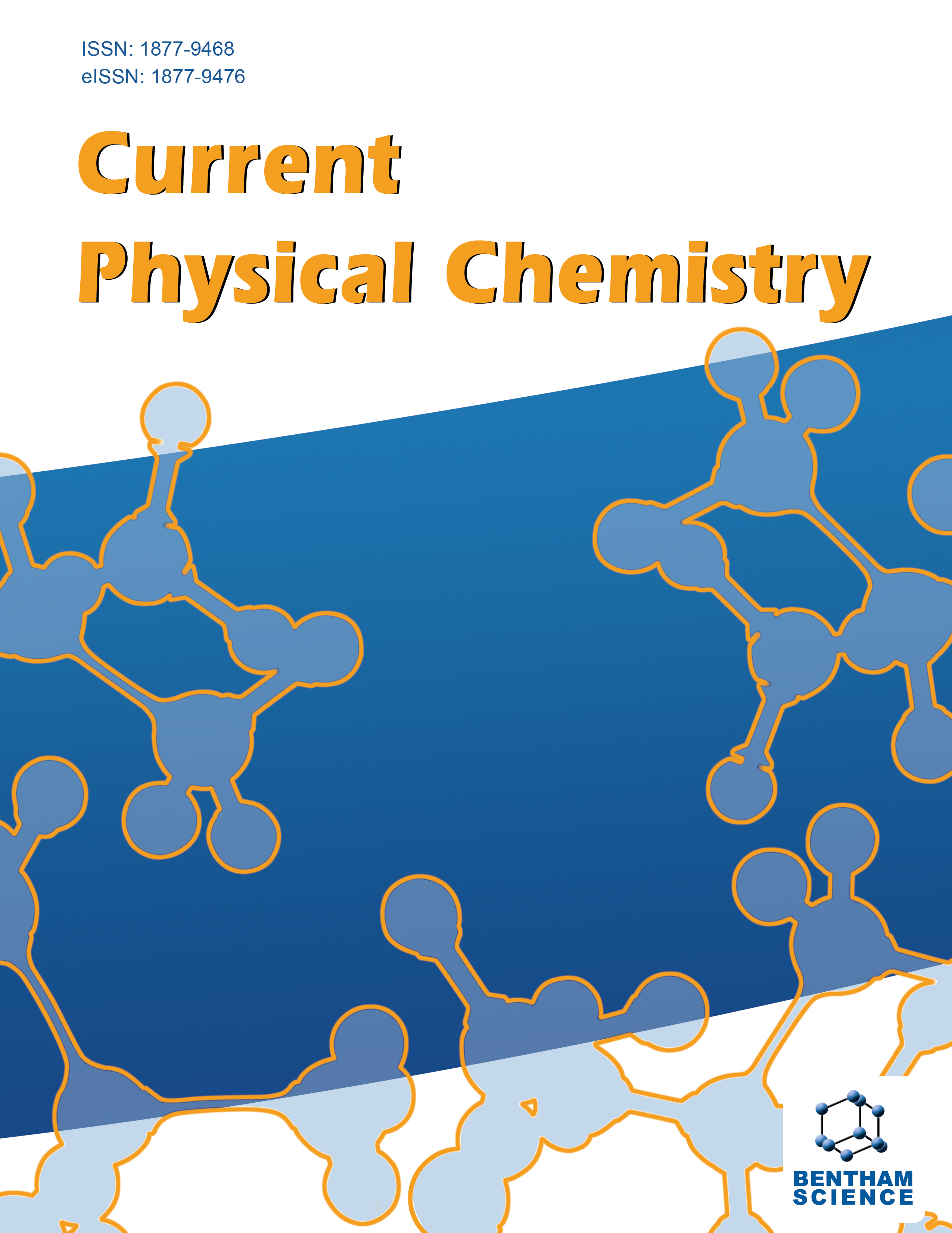- Home
- A-Z Publications
- Current Physical Chemistry
- Previous Issues
- Volume 14, Issue 2, 2024
Current Physical Chemistry - Volume 14, Issue 2, 2024
Volume 14, Issue 2, 2024
-
-
Biopolymers and their Nanocomposites: Current Status and Future Prospects
More LessAuthors: Neha Aggarwal, Dipti Dhiman, Navalpreet Kaur, Harjinder Kaur and Sonika ArtiFor many years, petroleum-based polymers have been successfully enhanced by the addition of nanoparticles as additives. Carbon nanotubes, graphene, nanoclays, 2-D layered materials, and cellulose nano whiskers are a few of the several nanoreinforcements that are currently being researched. In comparison to unmodified polymer resin, the use of these nanofillers with bio-based polymers could improve a wide rang Read More
-
-
-
pH-Sensitive Polymers with their Important Applications (A Review)
More LessAuthors: Chintan R. Madhu and Bharat H. PatelMaterials that modify their chemical or physical characteristics in reaction to diverse stimuli, such as moisture, heat, water, or pH, are commonly known as smart materials or stimuli-responsive polymers. Typical applications for these polymers include catalysis, finishing, and coating processes. Tissue engineering, drug delivery, and gene transportation are additional applications that have emerged in the past two decades. As a Read More
-
-
-
Modulation of Triton X-100 Aqueous Micelle Interface by Ionic Liquid: A Molecular Level Interaction Studied by Time-resolved Fluorescence Spectroscopy
More LessAuthors: Rajib Pramanik and Sagar SrivastavaBackground: Self-assembly structure is an important area of research for understanding biological systems, owing to its resemblance to the membrane structure of the phospholipid bilayer. In a self-assembly medium, chemical reactions and chemical or physical processes are dramatically different than the bulk phase. Understanding this process in synthesizing self-assembly structures may allow us to explore v Read More
-
-
-
Kinetic and Mechanistic Pathway of Electron Transfer React ions: Pyridine Oxidation by Peroxomonophosphoric Acid in Acidic Aqueous Medium
More LessAuthors: A. Agarwal and A. MeenaThe kinetic and mechanistic pathways of pyridine oxidation by peroxomonophosphate has been studied in an acidic aqueous medium. Reactions of peroxomonophosphoric acid are the least exploited kinetically. This reaction has been attempted to understand the role of oxidation of pyridine and the reactivity pattern of peroxomonophosphate. The reaction has been second order and First-order concerning the oxidant and substra Read More
-
-
-
Modulation of Solid-state Thermal Reaction of Iron(III)Citrate by a Co-precursor Studied using Thermogravimetry: Evaluation of Kinetic and Thermodynamic Parameters and Nucleation Rate
More LessAuthors: Sani Kundu, Manisha Chakraborty and Ashis BhattacharjeeBackground: Solid state reaction of iron(III)citrate leads to a range of ironbased oxides by varying the reaction conditions, e.g., the presence of co-precursor. The influence of reaction conditions on the kinetics of the solid-state reaction of iron(III)citrate needs to be investigated. Objective: Kinetic analysis of the solid-state reaction of iron(III)citrate in the presence of a co-precursor has been explored to realize the influences Read More
-
-
-
Study of Selected Patents on the Manufacture of Activated Carbon as Electrodes in Power Storage Devices
More LessAuthors: Farahat Javed Khan and Sonali S. KokaneThe field of activated carbon has attracted many researchers. Our study of selected patents on the mentioned subject reveals an interesting fact, such as including the pore characteristics of the electrode material in the claims of a patent specification. The parameters, such as power density, energy density, capacitance and charge-recharge cycles, are mentioned for the various embodiments in the patent specification. The te Read More
-
Most Read This Month
Article
content/journals/cpc
Journal
10
5
false
en


